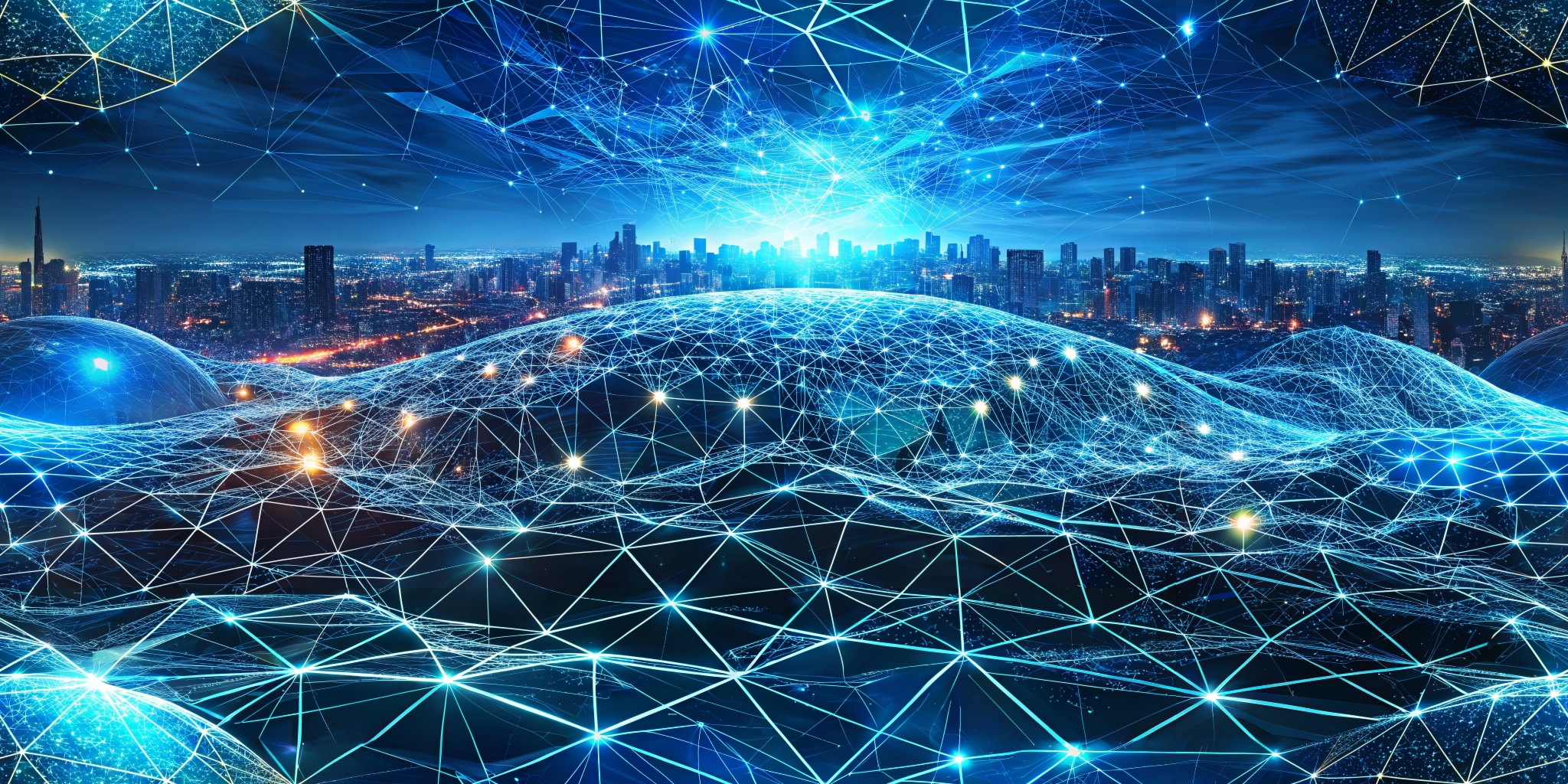Continuing with the previous article covering the history, benefits, and problems with generative AI, I want to cover how it is being used as a tool for web development and what that means for the future of this field. Will there always be a need to have a driver behind the wheel? What can generative AI do and what are its limitations in the field of web development?
It’s a tool that’s revolutionizing the field of web development, offering tools and capabilities that were once the stuff of science fiction. As a web developer who started in the era of static HTML pages, I’ve seen the internet evolve from simple text-based sites to the dynamic, interactive web experiences we have today. It is the latest leap forward, and it’s changing the game for developers, designers, and businesses alike.
What is Generative AI?
Generative AI refers to artificial intelligence that can generate new content, from text to images, and even code, based on patterns it learns from data. It’s like having a digital artist or writer that can create unique, never-before-seen work on demand.
The Uses of Generative AI in Web Development
1. Automated Content Creation
As a tool for written content creation, it can write blog posts, product descriptions, and even entire web pages. This is a boon for content-heavy sites that need to keep their material fresh and engaging without the constant need for human writers.
2. Personalized User Experiences
Imagine visiting a website that adapts its content, layout, and design to your preferences. It can analyze user data to create personalized web experiences, making each visit unique and tailored to the individual.
3. Code Generation and Assistance
As a tool for programmers and developers, it can assist developers by writing code snippets, debugging, and even translating code from one language to another. It’s like having a seasoned programmer sitting beside you, offering advice and solutions.
4. Design and Prototyping
AI can now generate design prototypes, suggest color schemes, and layout web pages. This helps designers to experiment with different aesthetics quickly and find the best fit for their project.
5. Enhanced Accessibility
6. SEO Optimization
Search engine optimization (SEO) is crucial for any website’s success. It can analyze search trends and generate SEO-friendly content that helps websites rank higher in search engine results.
7. Interactive Elements
Web developers can use generative AI to create interactive elements like chatbots that provide customer support, answer questions, and guide users through a site, enhancing user engagement.
8. Testing and Quality Assurance
9. Data Analysis and Reporting
10. Marketing and Advertising
Generative AI can craft personalized marketing messages and advertisements, increasing the effectiveness of digital marketing campaigns.
The Impact of Generative AI on Web Development
The introduction of generative AI into web development is not just about efficiency; it’s about expanding the creative possibilities of what can be achieved online. It allows for rapid prototyping, testing, and deployment, which accelerates the development cycle and brings ideas to life faster than ever before.
The Limitations of Generative AI
Generative AI comes with its own set of limitations that developers and designers must navigate. Here’s a closer look at the specific challenges it presents in the web development and design landscape:
Creative Boundaries
Generative AI can produce content based on existing patterns, but its creativity is inherently limited. It lacks the human touch that often makes design truly resonate with users. For instance, while AI can suggest design elements, it may not fully grasp the brand’s essence or the emotional impact of certain aesthetics.
Bias in Design
The data used to train generative AI systems can contain inherent biases, which can inadvertently be reflected in the designs it generates. This could lead to a lack of diversity in design elements or an unintentional emphasis on certain styles over others.
Resource Intensity
The computational power required to run sophisticated generative AI models can be substantial. This means that smaller design firms or freelance web developers might find it challenging to leverage these tools without significant investment in hardware or cloud computing services.
Ethical Concerns
Generative AI raises ethical questions, particularly around the authenticity of the created content. In web design, this could mean grappling with issues like the originality of visual elements or the potential for creating misleading user interfaces.
Integration with Existing Tools
Incorporating generative AI into existing web development workflows can be challenging. Compatibility with current tools, platforms, and programming languages is not always straightforward, potentially leading to a steep learning curve for developers.
Quality Control
Ensuring the quality of AI-generated content can be difficult. In web design, where precision and attention to detail are paramount, AI-generated layouts or graphics may require significant human revision to meet professional standards.
Intellectual Property Rights
The question of who owns the rights to AI-generated content is still largely unresolved. As generative AI becomes more prevalent in web development, the legal implications of AI-generated designs will become increasingly important to consider.
Dependence on Data
Generative AI’s reliance on large datasets for training can be a limitation for niche markets or emerging trends where data is scarce. Without sufficient data, the AI’s ability to generate relevant and accurate designs is diminished.
Security Risks
With the increasing sophistication of generative AI, there’s a risk of these systems being used to create phishing websites or other malicious web content. Ensuring the security of generative AI systems is a critical concern that web developers must address.
Human-AI Collaboration
Finding the right balance between human creativity and AI’s capabilities is a delicate process. While AI can enhance the design process, it cannot replace the intuitive understanding that experienced designers bring to a project.
The Future of Generative AI in Web Development
As generative AI continues to evolve, we can expect even more sophisticated applications. AI could eventually take on more complex tasks like full-scale application development, complex problem-solving, and predictive analytics.
Conclusion
Generative AI is a transformative force in web development, offering tools and capabilities that enhance creativity, efficiency, and personalization. Acknowledging the challenges posed by the tools we’ve created and working to address them, we can harness the power of generative AI responsibly and effectively, ensuring it serves as a tool for innovation rather than a source of new problems in the web development and design industry.
As we look to the future, the potential uses of generative AI in web development are only limited by our imagination. It’s an exciting time to be a web developer, and generative AI is a key part of that excitement, promising a future where the web is more dynamic, accessible, and personalized than ever before. 🚀🌐


